WHY we need you in Madagascar
- Madagascar is one of the world's poorest countries, with around 74% living below the poverty line
- The country is 4th highest in the world for chronic malnutrition, with almost 1 in 2 children under five suffering from stunted growth
- Madagascar is prone to climate change issues and natural disasters, such as cyclones. This can badly damage infrastructure and peoples homes
- Around 46% of the population in Madagascar have access to clean drinking water & 85% lacking adequate sanitation facilities
- Deforestation and hunting have led to over 100 species of Madagascar's Lemur population becoming endangered
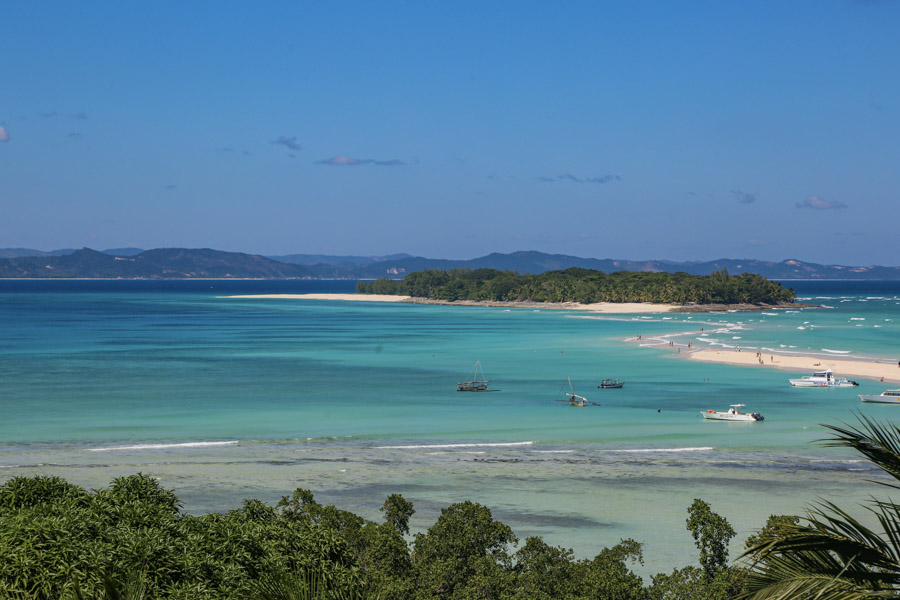
WHAT does Cultural Week Involve?
- Become comfortable with your new surroundings and settle in before your project starts
- Explore the local areas- walking tours, cultural excursions, cooking classes, language lessons & traditional dance classes
- Walk around the foot of Mont Passot, before hiking up to its peak to see the panoramic views at sunset
- Become immersed in local life by practicing your new language skills with the locals!
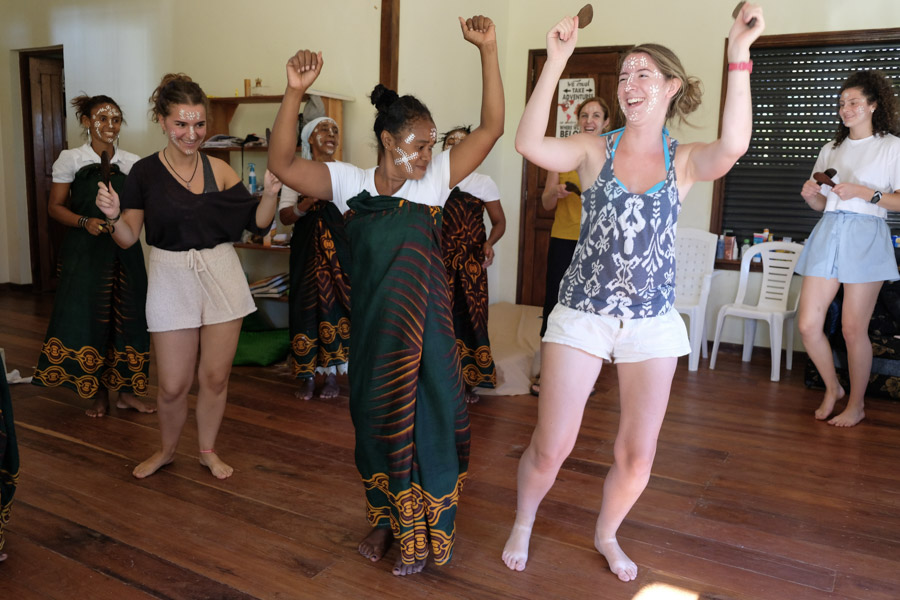
Why Involvement Volunteers International?
- Non Profit Organisation & Charity
- Over 30 Years Expertise Globally
- Low Program Fees - From US$295
- Excellent Safety Record, In-Country 24/7 Support & Emergency Assistance
- 1 Application Fee - Multiple Countries

PROJECT NAME: CULTURE WEEK
LOCATION: NOSY BE ISLAND
START DATES: WEEKLY (SAT/SUN ARRIVALS)
ACCOMMODATION: VOLUNTEER HOUSE (SHARED ROOMS)
MIN DURATION: ONE WEEK
MIN AGE: 16+
SPECIAL REQUIREMENTS: Criminal background check required
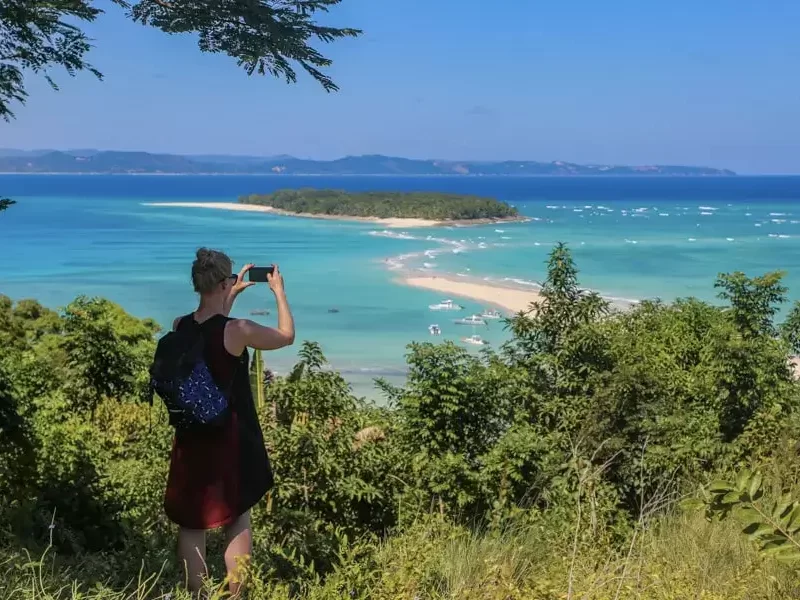

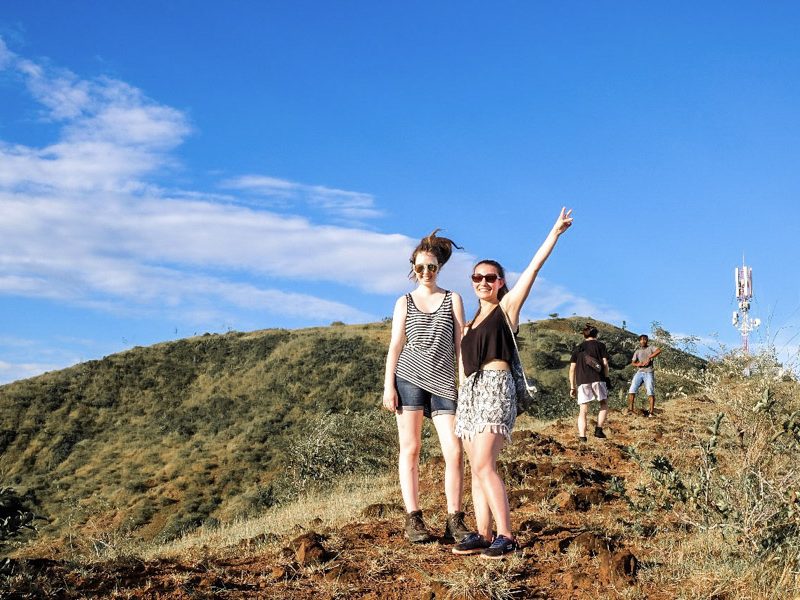
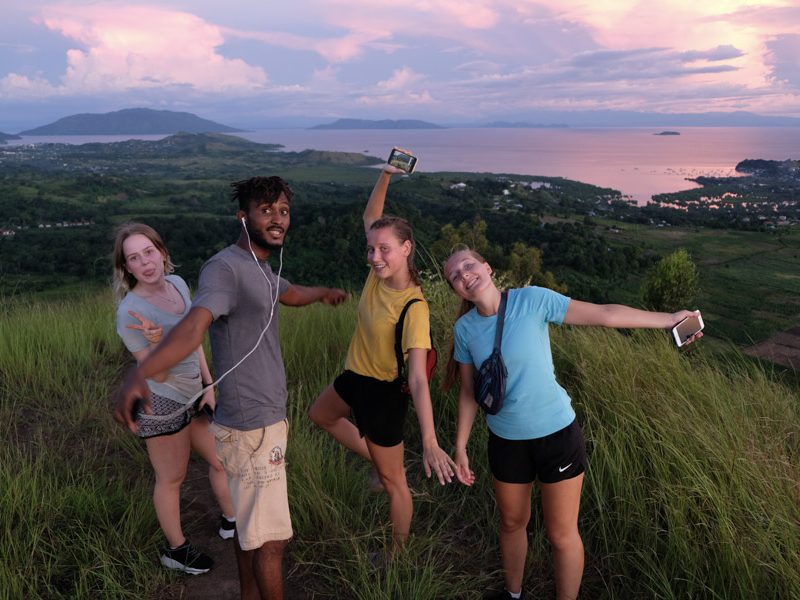
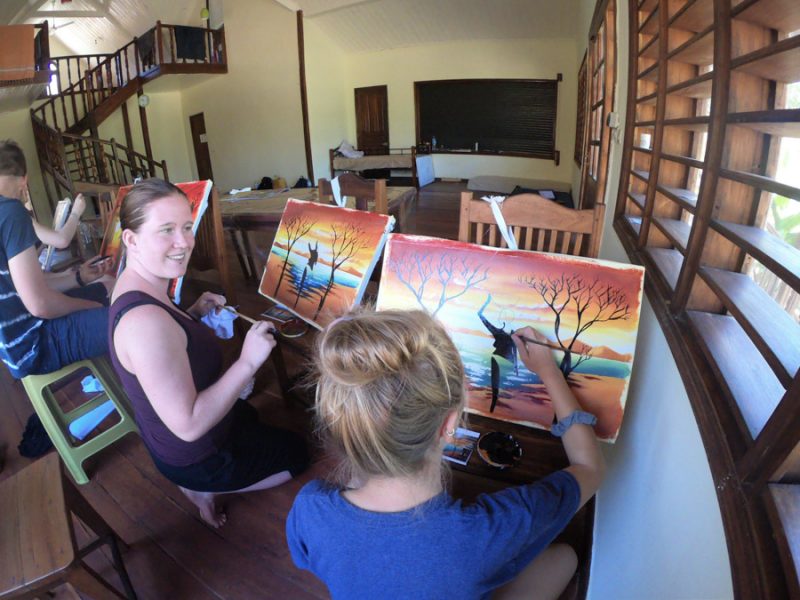
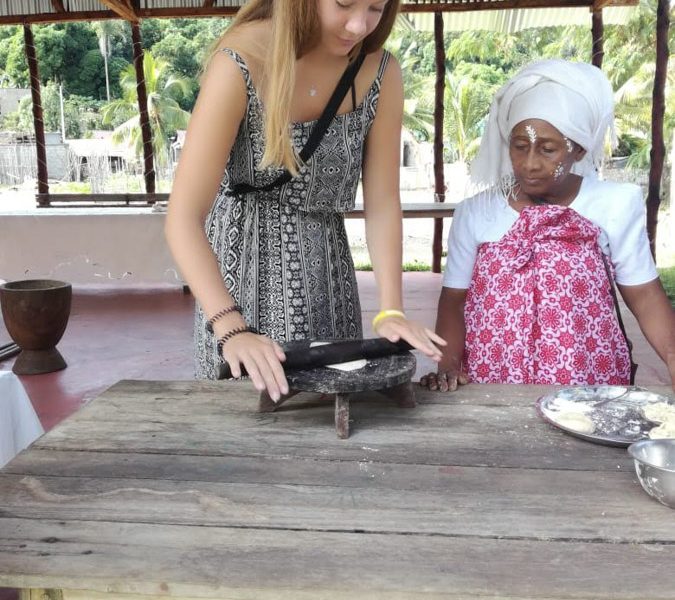
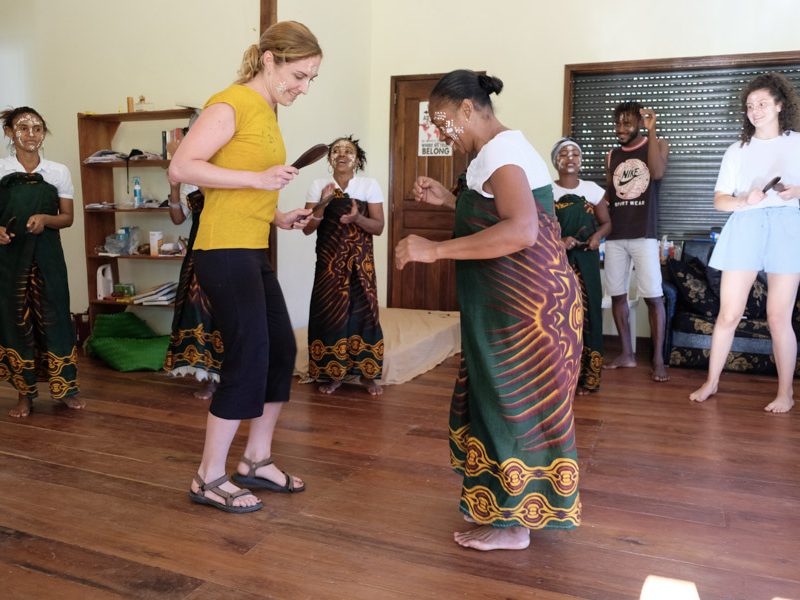
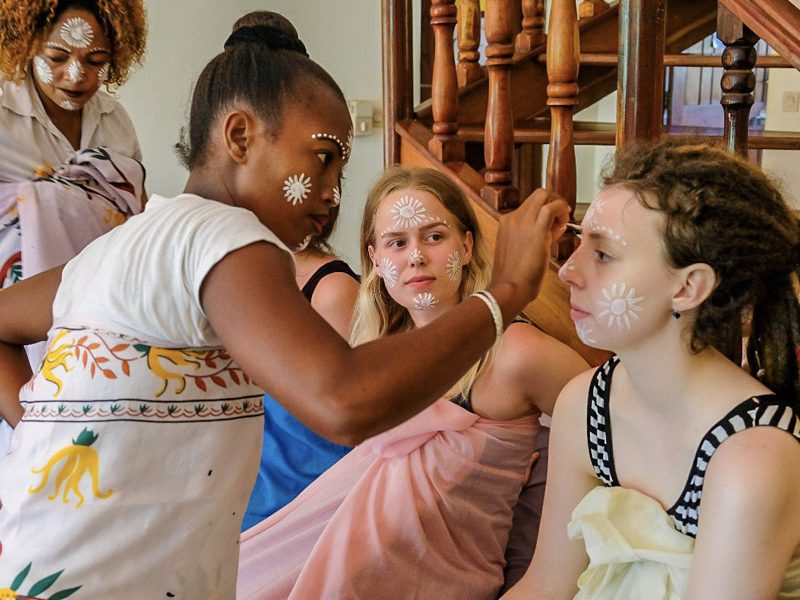
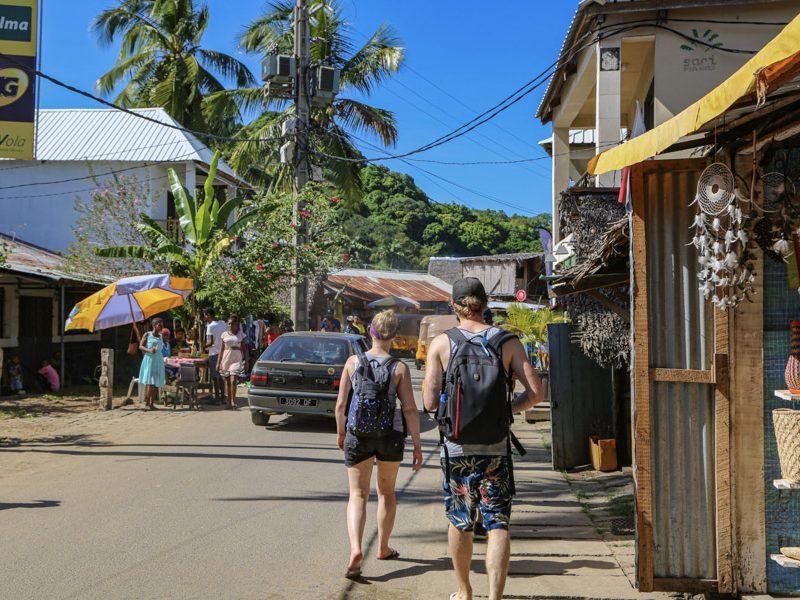
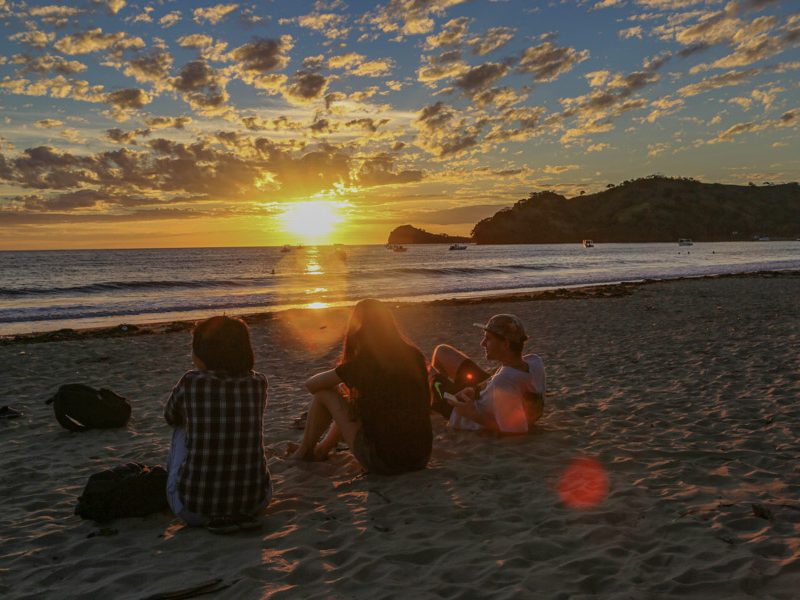
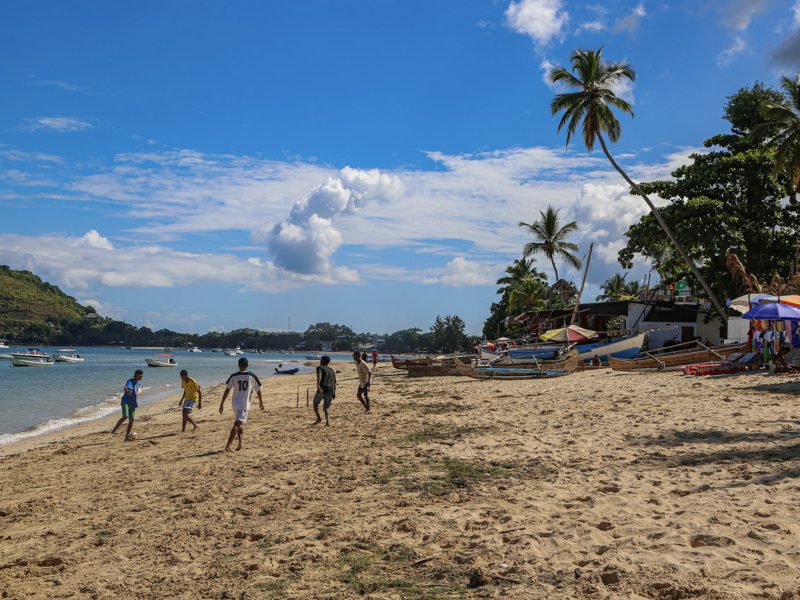
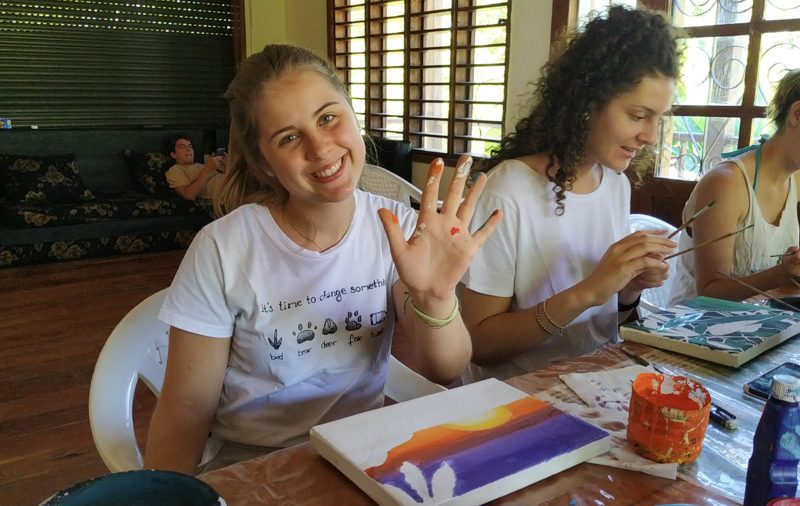
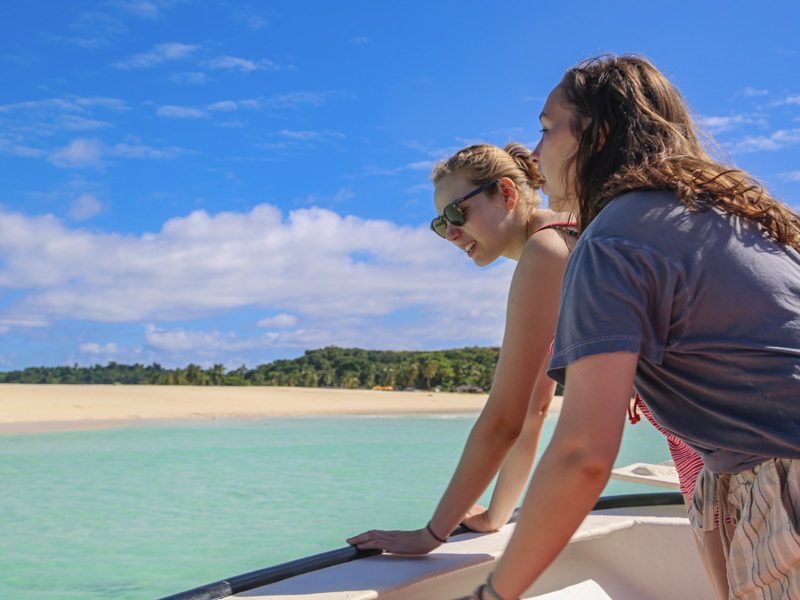
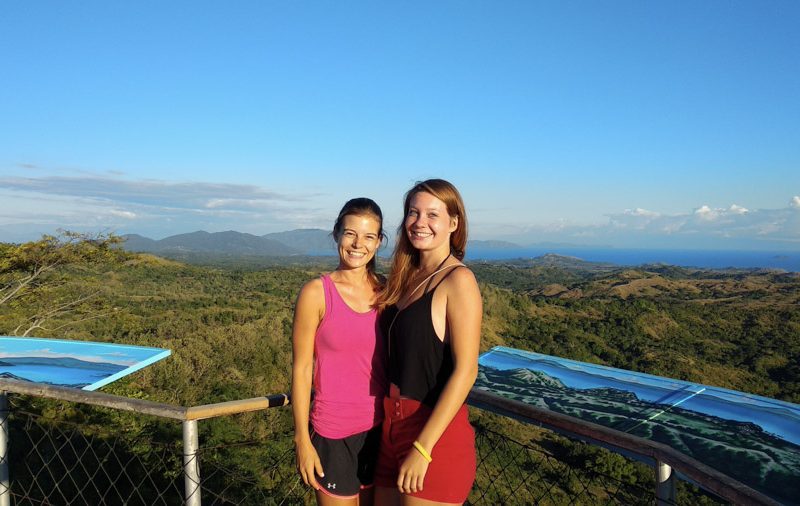
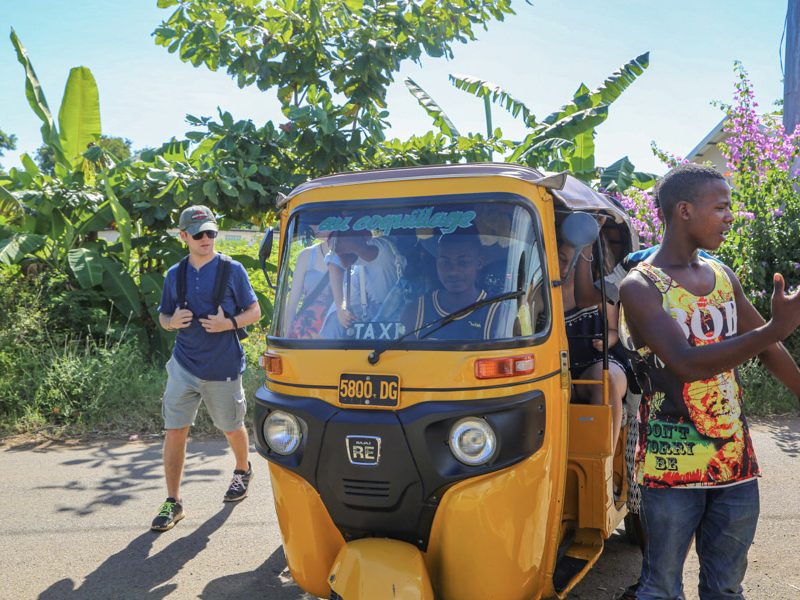
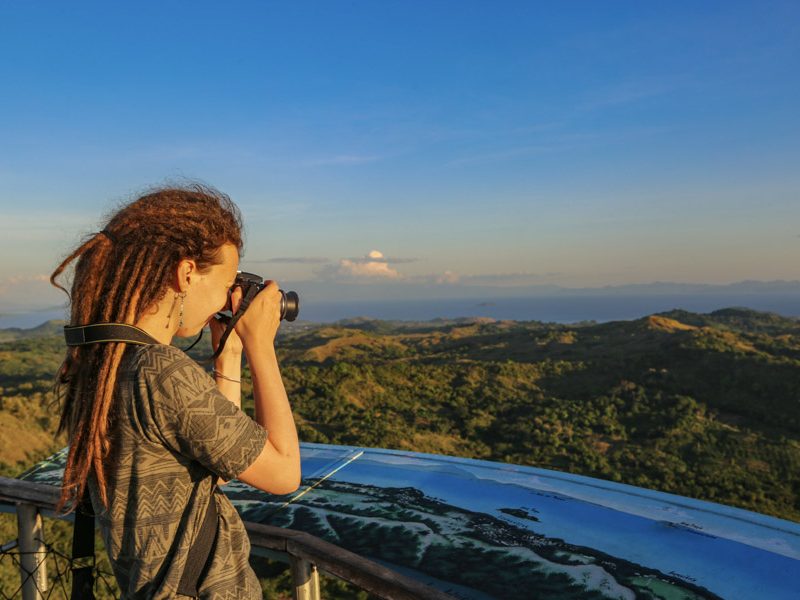
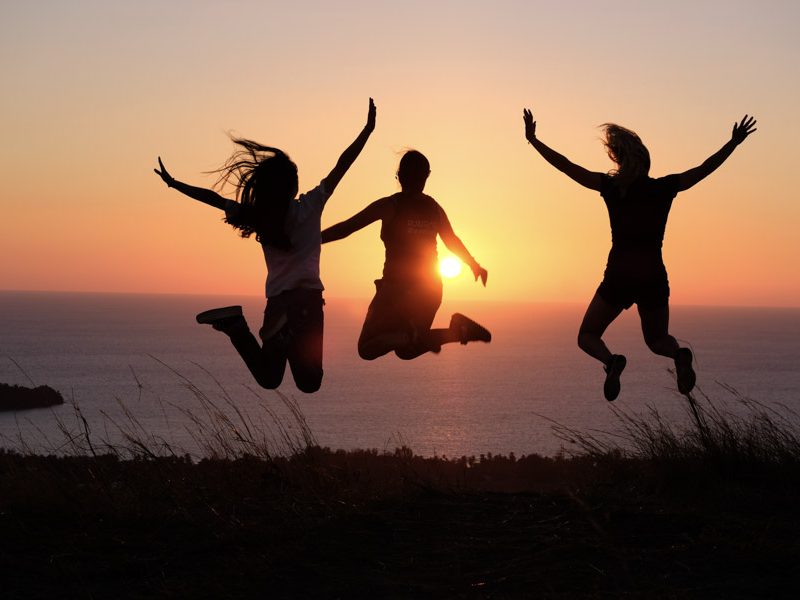
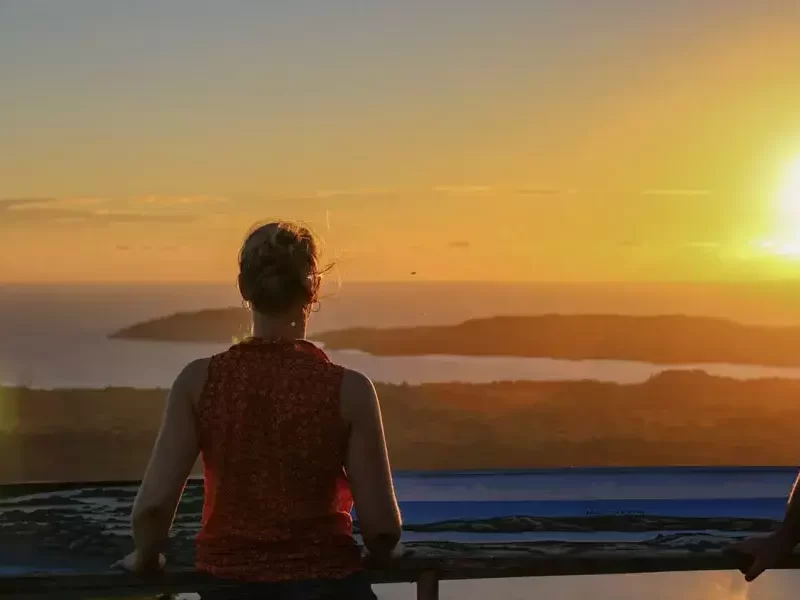
Overview
IVI’s cultural introduction week is a fantastic way to gain an insight and learn more about the Malagasy lifestyle. Give yourself a head start by preparing, getting to know and feeling comfortable in your new surroundings. This week, we will be in the stunning island of Nosy Be.
Your week will not only include Malagasy language classes and lessons on cultural norms, but it will also be packed with fun activities to natural hotspots. You will also be introduced to some of the locals via painting, dancing and cooking classes. This is an insightful experience to immerse yourself in the local way of life. Please see dropdown section below for full schedule.
Location
Nosy Be (meaning ‘big island’) is an absolutely stunning island off the north-west coast and is Madagascar’s largest and busiest tourist destination. The population is estimated around 73,010 and the island has an area space of 320.02 square kilometres.
On Nosy Be island you will find volcanic lakes, lemurs, rum distilleries, Ylang Ylang plantations and beautiful coral reefs. There is just so much to explore on this amazing island! In May, you can experience the 4 day Donia Music Festival. Situated on the Indian Ocean, on Nosy-Be island you can relax on the best white sand beaches, take a boat trip through the jungle, go trekking to see lemurs or snorkel alongside turtles and manta rays in the clear waters.
Project Tasks
- To become comfortable with the local surroundings and your new home for the next few weeks
- To explore some of the local sights around the island
- To learn more about the ‘do’s and dont’s’ and to learn the local language
Food & Accommodation
You will stay at our volunteer house, where there is a dining room and lounge area to socialise with fellow volunteers. There is also a beautiful garden to relax in during time off. A balcony and large roof terrace are also available for you to chill out in. Rooms are shared between 2-6 people, there are fans, bed linen, lockable rooms, and water (no hot water for showers). There is no wifi but you are free to purchade a SIM card to get data.
There is a kitchen and refrigerator which you are welcome to use to store any food and drinks you require. An ATM and a supermarket around 15-20 minutes away by bus or Tuk-Tuk, from the volunteer house. The closest ATM to the house is about 10 minutes away by Tuk-Tuk from the accommodation, the closest local supermarket is around 10 minutes away by Tuk-Tuk, and the closest medical centre is around 15 minutes away by Tuk-Tuk.
*A private room with aircon may be available for an extra fee and subject to availability.
We provide three meals per day during weekdays and two per day on weekends. Your meals will be a mix of Western and Malagasy food, usually consisting of vegetarian dishes including rice and vegetables. You can expect to have a chicken dish around twice a week. There are kitchen facilities for you to cook your own meals or you can eat out at any of the local restaurants nearby.
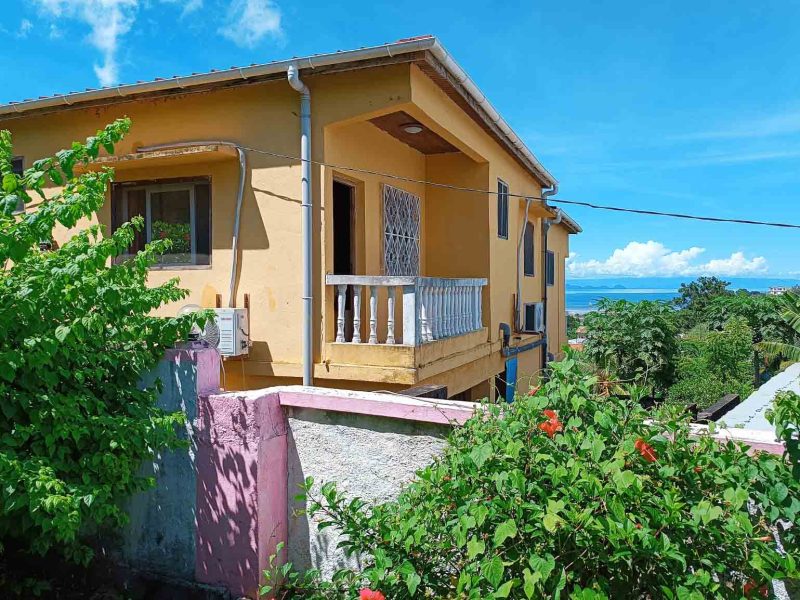
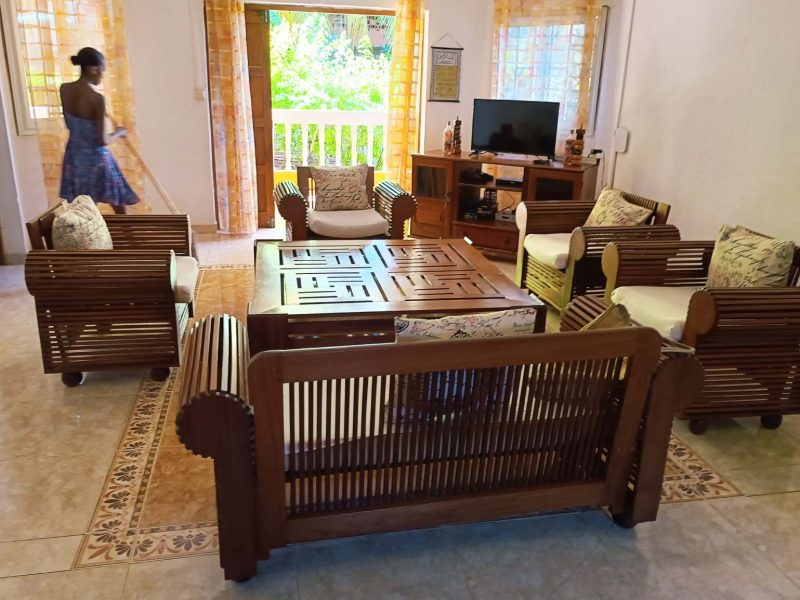
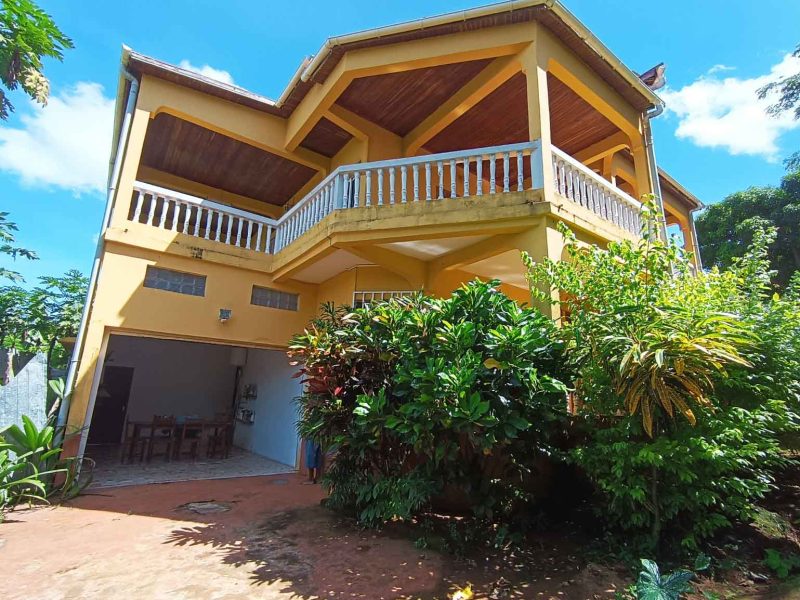






FAQ...
If you want to gain a head start on your projects and feel comfortable in your new surroundings, before you begin, this week is a fantastic way to do just that! It gives you time to adjust before your project begins, to explore the local area and to learn more about the culture and customs. This can greatly help you to communicate with the locals on your projects.
- Accommodation
- 3 meals p/day weekdays / 2 meals p/day weekends
- Arrival airport transfer (Sat/Sun arrivals)
- Filtered drinking water, coffee & tea
- 1 day orientation
- Daily transportation to project
- In country 24/7 support & emergency assistance
- Fundraising support
- University course credits (where applicable)
- Certificate of Completion
- Airfares
- Travel Insurance
- Tours, Souvenirs & spending money
Programs begin every Monday, and volunteers are required to arrive the day prior, for orientation before the project. Your accommodation on the Sunday is included in the program fees.
A free airport pickup is included when arriving to Fascene Airport (NOS). You must arrive between the hours 08:00 to 20:00 on Sunday.
If arriving outside the pickup times on Sunday, you can book a private transfer for US$50.
If arriving during the week, or on Saturday, we charge US$50 for any extra night’s accommodation before your program, and another US$50 fee for a private transfer.
Alternatively, if arriving early you could wait at the arrival’s terminal for the pickup time, book accommodation at the airport and meet us during the pickup times or make your own way to the project (we will advise on how to do this).
From the airport to the accommodation it takes 30 minutes by road.
Monday
We begin by an introduction to our staff in Madagascar, who will explain the house rules, code of conduct, liability waiver, evaluation forms and any other important stuff.
You will also get to learn about Madagascar and Nosy Be (where you’ll be staying) and about the country’s culture as a whole. Knowing a bit about the local norms means you can settle in easily, know what to expect and connect on a deeper level with the locals.
After a delicious lunch we will take a walk around the foot of Mont Passot, before hiking up to its peak to see the panoramic views at sunset.
Tuesday
After breakfast, we will walk from Ambatozavavy to Marodoka, taking you through the rural areas of Nosy Be. Here we will enjoy a picnic lunch before joining a local dance and enjoying a pastry class afterwards.
In the evening you will have Malagasy language lessons to learn some basic phrases, which will help greatly to feel more comfortable when communicating with the locals.
Wednesday
On Wednesday morning, you will visit a sacred place where a beautiful banyan tree grows. Here is where the local people from Nosy Be and even the mainland, make sacrifices to their ancestors and ask for blessings. When the Malagasy people believe their prayers are answered, they will return to this tree and wrap it with red and white linen.
In the afternoon, we take a walk through Hell-Ville, a busy market town, where you will explore the old part of the town where the King resides. Enjoy the colonial architecture of the houses at Court de Hell.
Thursday
In the morning you’ll have fun at a painting class, being taught by a local traditional painter who will guide you through the lesson. After lunch, you will continue with your Malagasy language lessons, gaining more phrases and practising your new skills.
Friday
On Friday morning we will drive to the beach village of Ampasipohy, where we will hop on a pirogue (traditional canoe) and drift along the water until we reach Lokobe Nature Reserve. Spend time here spotting the incredible lemur species, birds and reptiles on offer in the lush lowland rainforest.
After lunch, you will either try fishing with a local fisherman and learning about the local methods, or will be working in the vanilla, pepper or pineapple fields. This is a fun opportunity to try something different and unique.
The sun shines year-round here, with Nosy Be being a beach and sea lovers paradise, hosting incredible snorkelling and diving. Nosy Be is packed with activities to get up to during your free, the most popular is checking out the paradise beaches. Here are just a few of the stunning beaches you can visit:
- Palm Beach
- Andilana Beach
- Ambatoloaka Beach
- Andilana Beach
Wildlife lovers and adventure enthusiasts will certainly be at home in Nosy Be too. See if you can spot the diurnal and nocturnal native lemur species, count the unique bird species, see reptiles or indigenous plants, whilst trekking through the lush jungle. There are also scuba diving & snorkelling tours and inland boat trips.
Yellow fever vaccination is mandatory for all participants arriving in Madagascar.
Participants below 18 should have parental consent and participants above 65 should have medical clearance to take part in this program.
Madagascar is the world’s fourth largest island, known for its rich biodiversity and culture. This exotic country is home to some unique wildlife, including 101 different lemur species, 285 bird species (105 of which are unique to the country). You can also find 860 orchid species, that are native to the island, as well as 6 of the world’s 8 incredible baobab trees, found nowhere else in the world. Over 90% of Madagascar’s wildlife is native and cannot be seen in the wild anywhere else on earth. Human presence however, is constantly threatening these natural wonders.
Madagascar is a very culturally distinctive island, with 18 ethnic groups forming the Malagasy population, whose customs are based on the respect of their ancestors and the harmony of the living. The country also has many multi cultures, taking influence from Arabic, Chinese, Indian, French and English settlers.
Although being a large island, it is also a very poor country, with 75.3% of Malagasy living below the poverty line. The gap between the rich and poor is increasing more and more. Despite this poverty, Malagasy people are very much open-hearted to anyone and welcome visitors to explore their beautiful island and cultural heritage.
You will be greeted with smiles and friendly locals and can be sure that a trip to Madagascar will be the ultimate adventure! Not only will you discover an entirely new culture (think of it as a mix between African & Asian influences), you will also explore the incredible flora and fauna this island has to offer.
Madagascar has a hot, subtropical climate with cooler temperatures in the mountains. There are two main climate seasons: the rainy season from November to March and the dry season from April to October. The length of each season does vary from one region to another. As Madagascar is a large country, terrain, weather patterns and climate can change quite dramatically between regions.
Central Highlands
Because of the altitude, the temperature in the Central Highlands sits around 25°C. From June to August this goes down to a chilly 5°C. The wet season starts in November until March or April but is also the warmest season in the Highlands, with an average of 28° / 30°C.
Northern Madagascar
There are several climatic zones in Northern Madagascar.
On the North-Western coast around Mahajanga, there are two distinct seasons, a dry and warm season from May to November and a hot and wet season from December to April, with temperatures reaching over 35°C. Around Ambanja and Nosy Be, there is a micro-climate with wet and dry seasons, although rainfall is more evenly dispersed throughout the year. Temperatures are warm all year round, with an average of 28°C.
Southern Madagascar
The rains start from January to March. The rest is almost completely dry, especially on the South-western coast from Toliara. Around Fort-Dauphin, there can be a little more rain, but still very dry. It gets really hot from February to May and between October and December. The most pleasant period is during the winter, from June to September, with temperatures around 25°C.
Eastern Madagascar
Eastern Madagascar is known for consistent rainfall, although this decreases when moving southwards. The driest season is from August to December, but still with downpours almost every day. February to March is cyclone season with heavy rain, so best to avoid. March, April and December are the warmest months with an average temperature of 30°C. Temperatures are cooler throughout the rest of the year, sitting between 20°C to 28°C, and nights being a little cooler.
Western Madagascar
From May to November is dry season with little rain and pleasant temperatures from 20°C to 25°C. Wet season is from December to April, and it rains heavily, depending on the area. The warmest months are March and April and November and December, with an average temperature of 30°C or more.
In general, the best months to visit Madagascar are between April to mid-December.
January to March is cyclone season, so we would advise against travelling to Madagascar during this time.
Heavy rains can still be expected in April, May and June, but between these showers there’s sunshine. However, the wet season does make the landscape lush and green, with wildlife such as lemurs and reptiles often visible.
July to August is a great time to spot humpback whales as they arrive in Ile St Marie. The weather is cool and dry, making this a pleasant time to explore. During September, Humpback whales can still be seen in Ile St Marie, whilst lemurs begin to give birth to their babies.
In October, temperatures begin to increase around the country, but you will see colourful purple jacarandas in bloom. From November to December, temperatures continue to increase, as well as an increase in rainfall. At this time lemurs, reptiles and tenrecs can often be spotted.
Some of Madagascar’s people, such as the Indonesian-looking Merina’s, are believed to be descendants of sailors from Indonesia and Malaya, who reached the island by travelling over the Indian Ocean. These Asian migrants introduced their beliefs to the country, as well as their rice-based diet.
There is also an African and Arab influence in the population. Arab merchants and African migrants travelled to Madagascar centuries ago and include the Arabic Antaimoro people in the east of the island and the Sakalava to the west. The Malagasy language includes several Bantu and Swahili words.
Today, there’s 18 diverse ethnic groups living in Madagascar. These include Merina, Betsimisaraka, Betsileo, Tsimihety, Antaimoro and Sakalava. Despite the ethnic variety, Malagasy people share a common culture and language.
The Malagasy language has Asian origin, similar to the language spoken in Borneo. The dialect is very poetical, descriptive and rich in metaphors. For example, where we might say “dusk”, the Malagasy will say “maizim-bava vilany” which means “when the mouth of the cooking pot is dark”.
The Asian-African origin of the island’s inhabitants has led to a unique and distinguished culture, with a multitude of set beliefs and customs.
One of the main beliefs is in the power of dead ancestors, or “razana”. These spirits are believed to still look after their descendants even after they have passed. The wishes of these ancestors are to be respected and obeyed. Because of this, families and communities have certain taboos known as “fady”, like avoiding certain actions to ensure the approval of the “razana”.
30 Years Non Profit Experience
IVI is an Australian charity & non profit organisation founded in 1989 and is one of the pioneers of overseas volunteering successfully placing over 20,000 volunteers globally.
Affordable Volunteer Travel
Safe & Responsible Projects
Work Experience & University Credits
Spotlight on Madagascar!




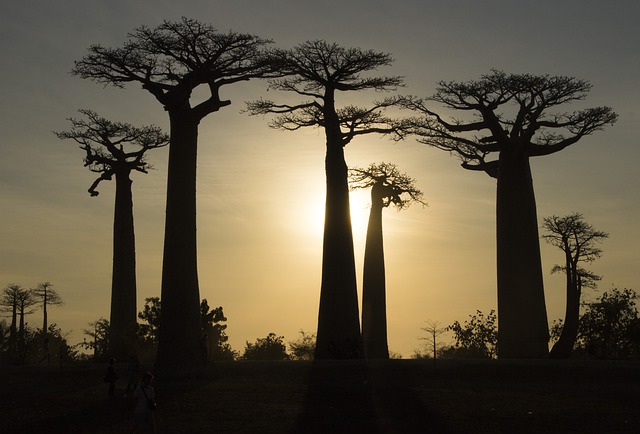
 Involvement Volunteers International
Involvement Volunteers International 